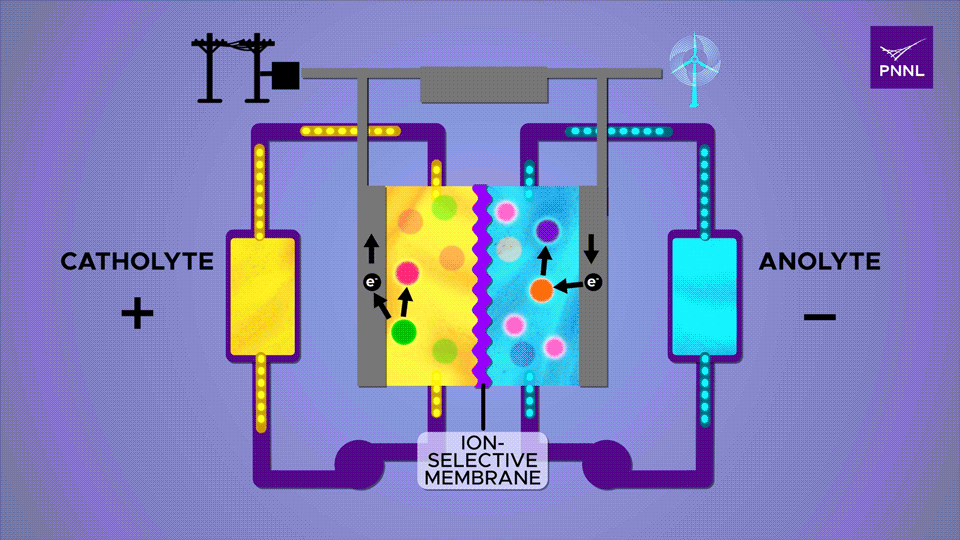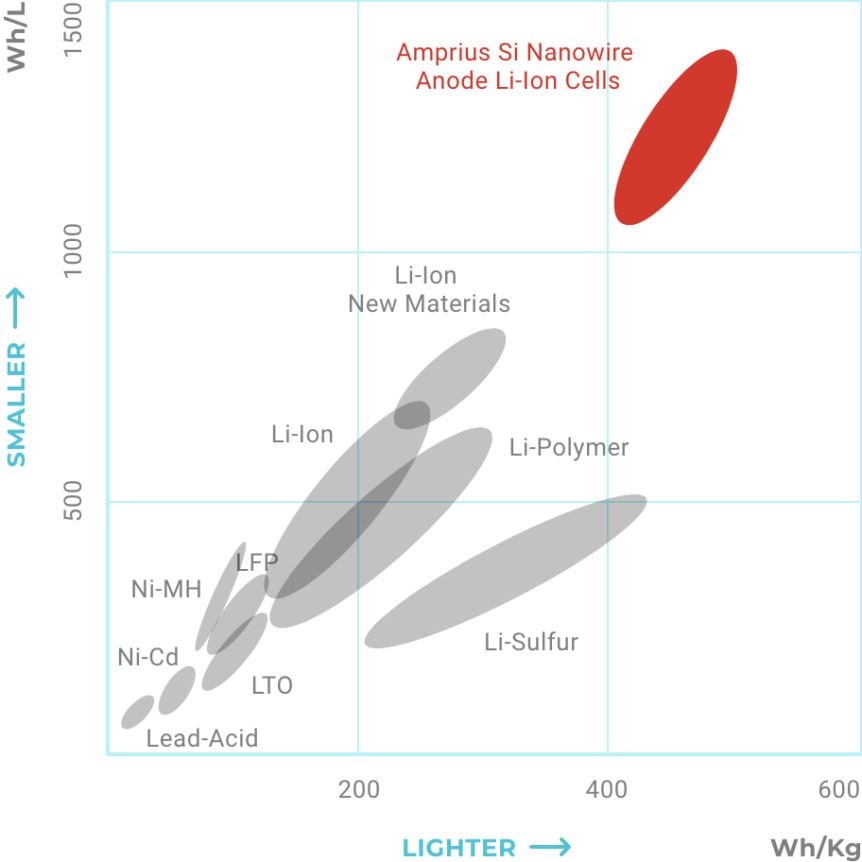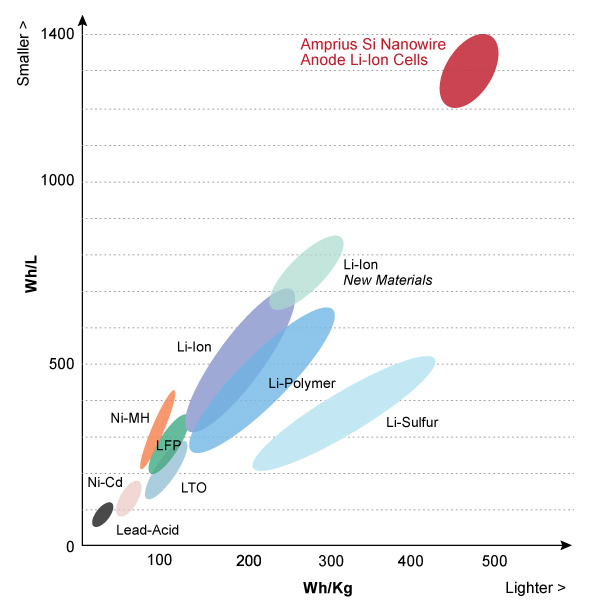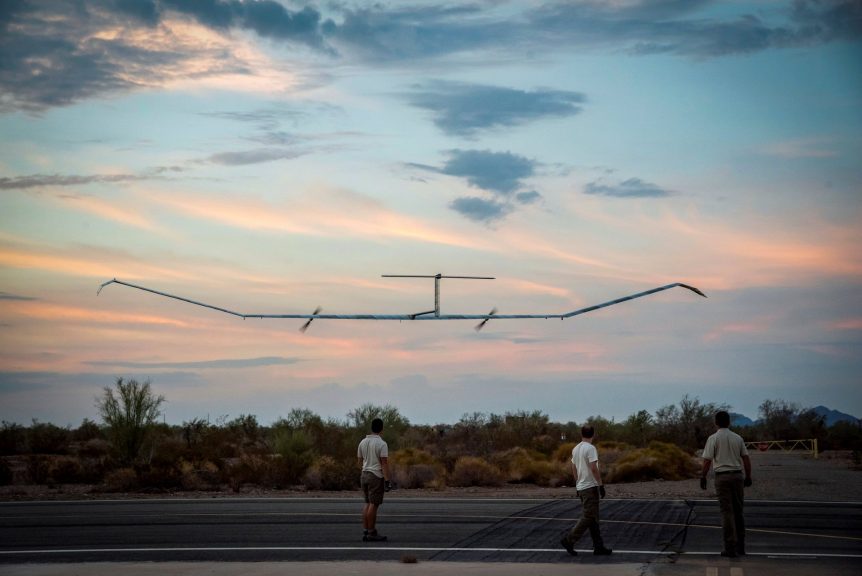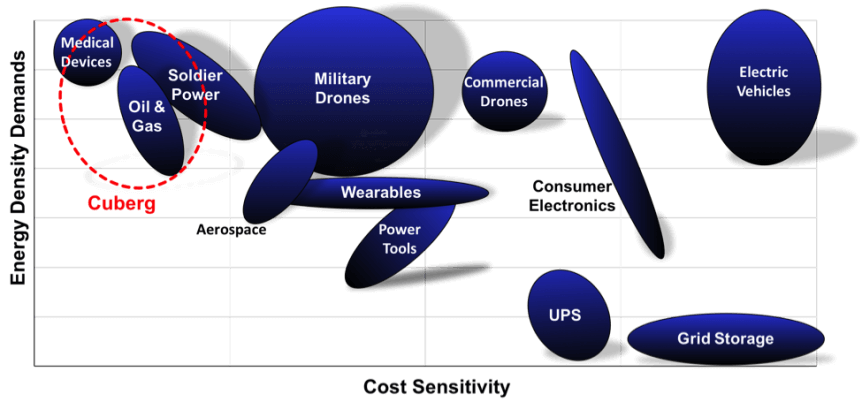Two groups of researchers in South Korea and America have added silicon and sugar as ways of gaining more energy from two different types of batteries. The 10X Battery at Last? Researchers at Pohang University of Science & Technology (POSTECH) in South Korea have developed a “layering-charged, polymer-based stable high-capacity anode material.” POSTECH professors Soojin Park (Department of Chemistry) and Youn Soo Kim (Department of Materials Science and Engineering) and Professor Jaegeon Ryu (Department of Chemical and Biomolecular Engineering) of Sogang University think their discovery could increase current electric vehicle range “at least 10-fold.” As noted in this blog many times, the idea of a 10X battery has been a matter of intense research from Yi Cui at Stanford and his research partner Jaephil Cho in South Korea, along with John Goodenough at Rice University and Jeff Dahn at Canada’s Dalhousie University – among others. Silicon and Polymeric Benders One of the bigger problems with using silicon in a battery …
Amprius Ships 450 Watt-hour per Kilogram Batteries
Your editor’s first outing at an electric aircraft symposium was in 2009. At that meeting, Dr. Yi Cui, Stanford professor and battery expert, talked about silicon and its energy density being so much greater than that for graphite. He predicted huge advances for battery chemistry – and now he’s delivering. His firm, Amprius, is shipping 450 Watt-hour per kilogram batteries. Unlike many such companies, Amprius is not projecting these numbers several years out, but delivering now. According to their February 8 press release, Amprius sent its first batch of the energy-dense cells, “…To an industry leader of a new generation of High-Altitude Pseudo Satellites (HAPS).” Your editor guesses that leader is Zephyr, acquired by Airbus and setting endurance records on solar and battery power since its introduction in 2017. One reached 76,100 feet in a 2021 campaign, spending over 36 days (in two flights) at stratospheric heights and equaling the sailplane altitude record set by the Perlan Project in 2018. …
Amprius, Airbus, Silicon and Batteries
Batteries are a tough study. We see many different roads being traveled in attempts to reach the Nirvana of the lightest, most powerful energy storage cell ever. We see continuing shortfalls because of the much chemistries that seem never to work out as hoped. Several recent articles, though, showed links that forced your editor into a deep study of battery developments first heard about a decade ago. These involved Yi Cui, Stanford professor and battery guru, silicon electrodes, and a new electrolyte that holds thing together. Presaging recent developments, your editor first heard Yi Cui present at the 2009 CAFE Foundation Electric Aircraft Symposium. Then, he predicted, based on the theoretical limits for silicon-based electrodes in batteries, that we would see 10X (greater energy density than then available) batteries in the not-too-distant future. A decade later, his company Amprius may be edging toward that goal with new funding from Airbus. Since then, Cui, his students and associates have helped boost …
Amprius’ Silicon Nanowire Batteries Fly – For 25 Days
Sunnyvale, California-based Amprius kept a low profile for several years, despite its founder, Yi Cui, being a leading light in battery development. Their December 4th press release, though, finds the company to be in a more open mood, their advanced lithium-ion cells with 100-percent silicon anodes having flown Airbus’ Zephyr High Altitude Pseudo Satellite (HAPS) for over 25 days, “setting a new endurance and altitude record for stratospheric flight.” This milestone represents a great leap forward since Alan Cocconi flew his So Long solar-powered model for 48 hours, the first of many projects of which he would be an integral part, and the first solar airplane to fly overnight. He worked on the General Motors EV1 and Eric Raymond’s Sunseeker 1 – just a small part of the automobiles and aircraft which he would help create or refine. Your editor first saw Cui at an early electric aircraft symposium nine years ago. Cui discussed the benefits of developing silicon anodes …
Battery Startup Cuberg Receives Funding from Boeing
Cuberg, a battery startup “Founded based on graduate research work in the materials science department at Stanford,” includes individuals who worked with Yi Cui at the school. They promote their safe electrolyte as a key element in their new battery. “Our highly stable proprietary electrolyte enables the use of high-voltage cathodes and lithium metal anodes in a safe and reliable format.” Their video shows the relative safety of that premise. It starts, though, with a quick review of their manufacturing techniques, which are similar to standard methods used in most batteries. The team, headed by Richard Wang, “Entrepreneur and Battery Scientist,” includes co-founder Mauro Pasta, an Associate Professor at Oxford University. His Linked In profile includes this note: “Cuberg is an energy startup company developing a new generation of safer and higher energy batteries based on a high-performance electrolyte technology. When combined with our unique cell design, our batteries deliver not only improved energy but also greatly enhanced shelf life, …
Making Silicon Anodes in Large Batches
A Long-term Collaboration Dr. Jaephil Cho is a well-known battery researcher and inter-continental associate of Dr. Yi Cui of Stanford University. The pair has collaborated on many ways to improve battery performance and longevity, and both have appeared at various electric aircraft symposia. They have even inspired others in related research. Dr. Cho and his team at Ulsan National Institute of Science and Technology (UNIST) in South Korea announced a way to make a new generation battery anode material – a big move toward mass production of improved cells. Dr. Cho’s team of researchers affiliated with Ulsan National Institute of Science and Technology (UNIST), South Korea, claims to have made yet another step towards finding a solution to accelerate the commercialization of silicon anodes for Lithium-ion batteries. A Next-generation Hybrid Anode As reported by UNIST, “Prof. Cho and his research team have developed a new type anode material that would be used in place of a conventional graphite anode, which they …
Yi Cui and team Devise a 10X Anode
Batteries are complex things to design and make, with materials scientists and chemists facing unlimited numbers of options for materials choices, formulations and proportions, and manufacturing techniques that will make hoped-for performance attainable on a commercial level. Yi Cui and a distinguished array of undergraduate and graduate students at Stanford University have written 320 academic research papers since 2000, with the rate of publication seeming to increase every year. To put icing on that multi-layered cake, Dr. Cui has helped found his own battery company, Amprius, using his depth of knowledge to take batteries in directions interesting enough to draw the attention of well-known investors – including Stanford. The only recent information on the web site today shows the firm is looking for a battery scientist and a battery engineer. His academic and research work continue, though, with his latest efforts producing a turn away from his work with silicon – ,making a novel lithium/carbon electrode with extremely high volumetric …
High-capacity, Soft Batteries From Trees
This is not pulp fiction, but pulp fact, trees being converted into squishy new nerf-like batteries. Researchers at Sweden’s KTH Royal Institute of Technology and Stanford University have made elastic, high-capacity batteries from wood pulp. The foam-like battery material can withstand shock and stress, according to the schools. Max Hamedi, a researcher at KTH and Harvard University, says, “It is possible to make incredible materials from trees and cellulose.” The wood-based aerogel material can be used for three-dimensional structures, important for overcoming certain restrictions imposed by two-dimensional approaches. Hamedi explains, “There are limits to how thin a battery can be, but that becomes less relevant in 3D. We are no longer restricted to two dimensions. We can build in three dimensions, enabling us to fit more electronics in a smaller space.” Moving past former obstacle of using three-dimensional, porous materials in crafting electrodes, researchers managed to make this a non-problem. Hamedi adds, “In fact, this type of structure and material …
All-Electron Battery – Stanford Strikes Again
With recent news of a solid-state battery coming for the labs of Yi Cui, a second solid-state solution seems to follow from another Stanford Laboratory. The All-Electron Battery, funded at least partly by an ARPA-E grant that underwrote the program from 2010 to 2012, has fostered a startup, QuantumScape. Starting from the stated need for a battery “with twice the energy storage of today’s state-of-the-art Li-Ion battery at 30% of the cost,” ARPA-E worked with the premise that Stanford was “developing an all-electron battery that would create a completely new class of energy storage devices for EVs. Stanford’s all-electron battery stores energy by moving electrons rather than ions. Electrons are lighter and faster than the ion charge carriers in conventional Li-Ion batteries. Stanford’s all-electron battery also uses an advanced structural design that separates critical battery functions, which increases both the life of the battery and the amount of energy it can store. The battery could be charged 1000s of times …

